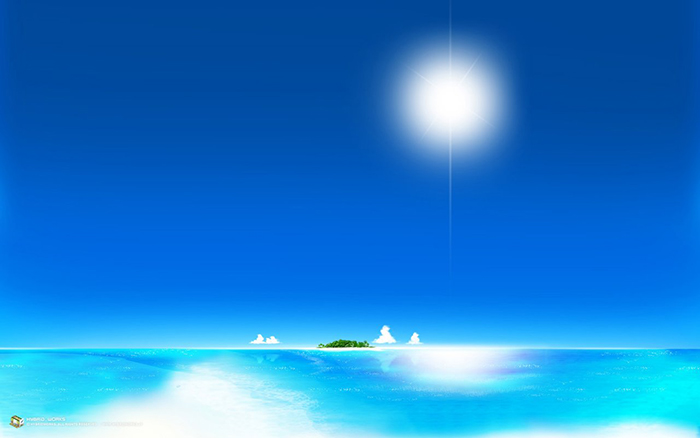Women of Fantasy Fiction, Part 2: Ursula K. LeGuin and C.J. Cherryh

Continuing our theme on the women who write and influence fantasy fiction, this week we will be looking at authors Ursula K. LeGuin and C.J. Cherryh (pronounced “cherry,” the h is silent). Ursula Kroeber LeGuin (1929 – ), the daughter of noted Anthropologist Alfred Kroeber and the writer Theodora Krober, is the author of seven books of poetry, twenty-two novels, over one hundred short stories, four collections of essays, twelve books for children and four volumes of translation. She is best known for the six books in the Books of Earthsea series among fantasy fans, though she also received critical acclaim for her major work in science fiction, The Left Hand of Darkness. C.J. Cherryh, another prominent science fiction/fantasy author, has written over sixty books as well as short story compilations. In fantasy fiction, she is best known for her Fortress series (Fortress in the Eye of Time, Fortress of Eagles, Fortress of Owls, Fortress of Dragons, Fortress of Ice), but is also the author of the Ealdwood Stories, The Russian Stories and Heroes in Hell as well as numerous short fiction pieces.
Ursula LeGuin’s so-called Earthsea Cycle (A Wizard of Earthsea, The Tombs of Atuan, The Farthest Shore, Tehanu, The Other Wind) takes place in the fictional archipelago of Earthsea. The series tells the story of Ged, a young magic user, under the apprenticeship of his Aunt. Throughout the series, Ged faces many challenges on the road to becoming a Wizard – at one point he is turned into a falcon and attacked by an ancient shadow creature he inadvertently summoned – before he comes to understand himself completely. A Wizard of Earthsea has won many literary awards, including the Lewis Carroll Shelf Award in 1979, as well as being consistently ranked in the top ten of best all-time fantasy fiction. In 2005, the first two books of the series were adapted into a Sci-Fi channel mini-series (Legend of Earthsea), but LeGuin was more than a little displeased with the ultimate result, saying that she felt the entire mini-series had “white washed” her story. She was also displeased with the Studio Ghibli release Tales of Earthsea (2006), an animated feature film based loosely on the first, third and fourth books in the series.
Author C.J. Cherryh (1942 – ) is a Hugo and Locus Award winning writer for her Science Fiction novels and short stories Cassandra (1979) and her two novels Downbelow Station (1982) and Cyteen (1989). Her fantasy series Fortress (Fortress in the Eye of Time, Fortress of Eagles, Fortress of Owls, Fortress of Dragons, Fortress of Ice) is a prime example of the sub-genre we have previously discussed called High/Epic Fantasy. Her series features a medieval fantasy world with a 15th Century feel, where magic exists alongside sorcery, politics and medieval warfare. This series is different in that its main protagonist, Tristan, is not born of a mortal mother, but rather is created from a spell cast by an ancient wizard named Mauryl Gestaurien. While Tristan is physically formed to look like a human, he is incomplete; he has no memory, knowledge of the world or personal history. The first books in the series describe Tristan’s coming of age, as well as his developing relationship with the Prince, Cefwyn, heir to the Marhannen throne. Fortress in the Eye of Time was short-listed for a Locus award in 1996, as was Fortress of Eagles and Fortress of Owls.
Join me next time as we continue our discussion of the women writers of Fantasy Fiction that have had a lasting impact on the genre with J.K. Rowling of Harry Potter fame, Laurel K. Hamilton, author of the Anita Blake: Vampire Hunter series and a surprise addition of Nora Roberts, who many readers may know from her work in the Romance genre.
As always: Keep reading, and may all your stories be epic.
Tags: fantasy fiction







